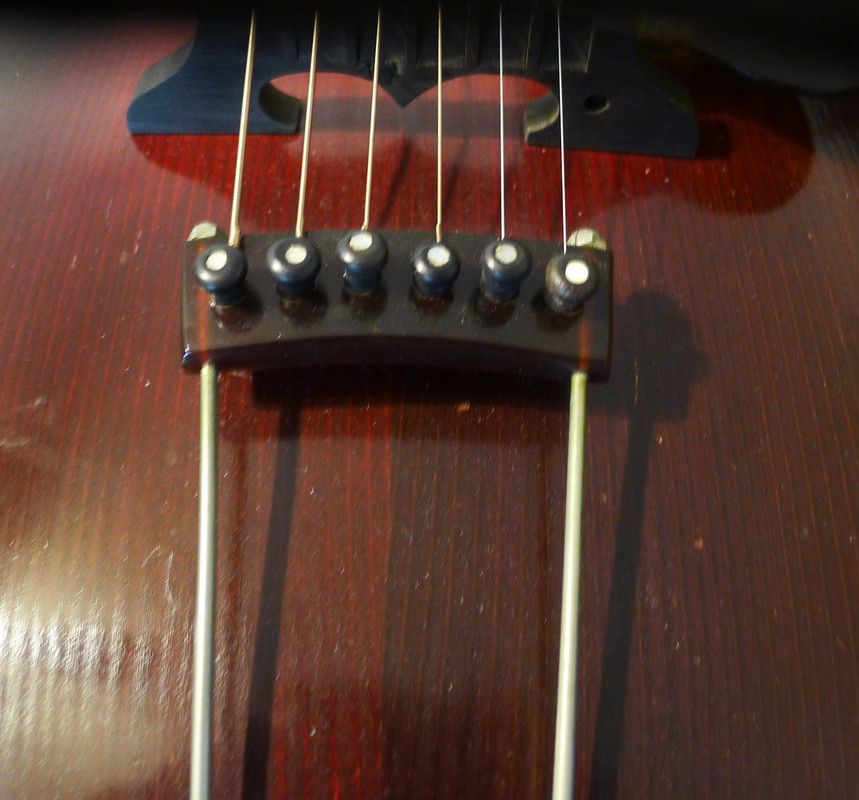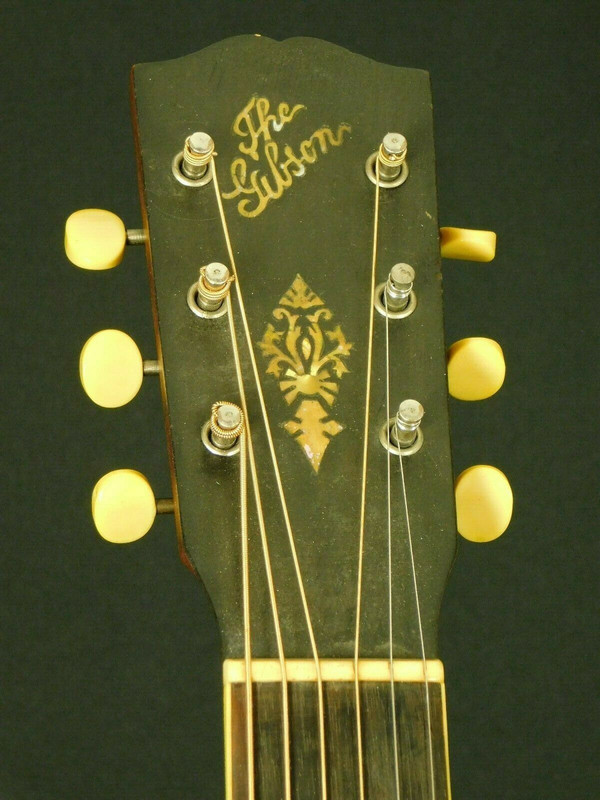schoolie
Tele-Afflicted
I've got an acute case. Huge Dave Rawlings fan..Looking through Reverb, I see a lot of catalog archtops, Kay and Harmony mostly, in my price range. Not being able to examine these guitars in person, I fear wasting my money on something with serious issues...My ideal archtop is an old Epiphone, I think, but those are a little spendy for me. Are there any bargain guitars that I should be looking for, with decent materials and construction? Is the Godin 5th Avenue a good choice. I've seen those used in the $500-600 range. Thanks!



